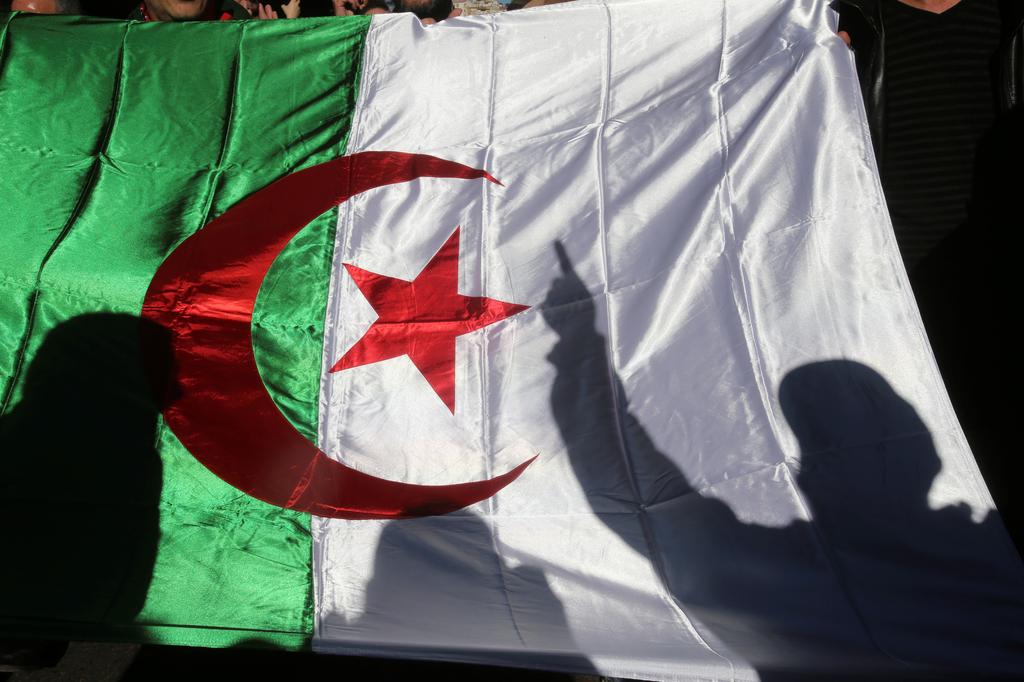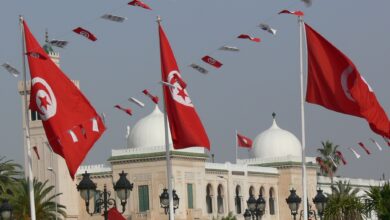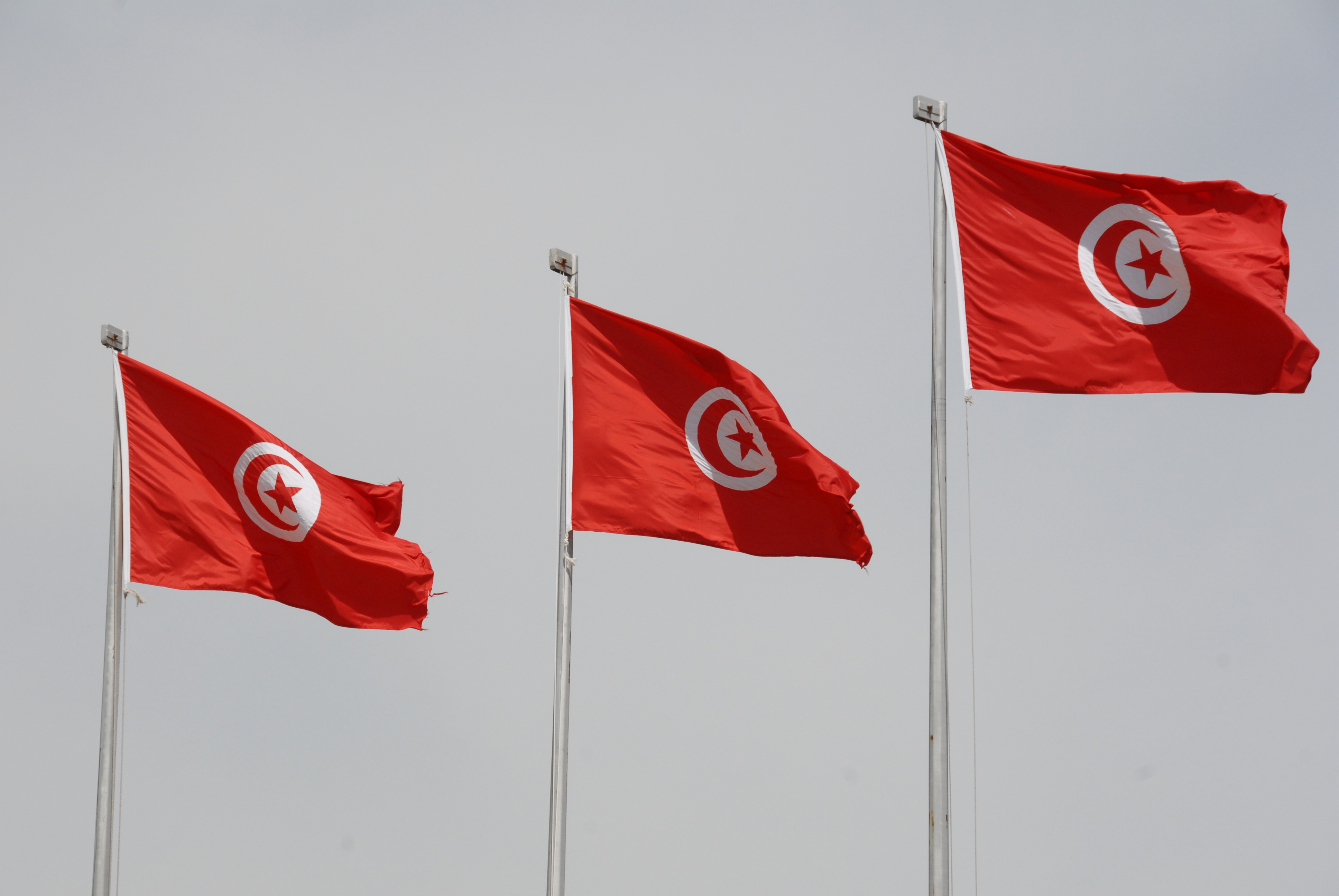In 2009 the HaRaKa Dance Research and Development Project, then in its fourth year, began collaborating with international artists on a series of performances and projects called Force Majeure. The program, set to debut in Egypt in 2011, featured six new dance and performance pieces and four visual art pieces by artists from Italy, France, Tunisia, Turkey, and Spain, as well as Egypt. The topic, suggested by the French contingent, was “Love and Otherness,” and the overarching question, according to organizer Adham Hafez, was, “How can we curate democratically?”
Then, in December of 2010, the Tunisian revolution began, the artists from that country needed to rethink their submission, and the performances were delayed. When Egyptians began demonstrating in January 2011, the event was delayed even further. Now, Force Majeure is finally scheduled for 27-30 April at the Goethe Institut Kairo. In order to address the surprising manner in which the program itself was shaped and reshaped according to the regional changes, HaRaKa will hold a two-day conference called “Co-Changing Maps” on the 26 and 27 April, also at the Goethe Institut Kairo.
Cultural and political activists, curators, festival programmers, journalists, artists, and anyone interested — although Hafez, himself a dancer and choreographer, stresses that the conference should be “more talking than listening” — will gather to discuss “change.” What does it mean and how can the cultural community react to it?
“Everyone is saying ‘change.’ We hope for change, but we just talk about change very abstractly,” Hafez said. He hopes that the conference will yield several more projects in a place where “in light of their political needs, the inhabitants are becoming more and more visible.” This visibility means that art can be used to break free from a mold dictated by politics — past, present, and future — ”the scripted politics of culture.”
Hafez previously described dance to Al-Masry Al-Youm as a way to use the human body as a “critical site or tool for self-expression.” In its first iteration following the 25 January revolution, HaRaKa will explore Hafez’s notion, as he described it in the same interview, that “Demonstrations lie in the performative realm. Protestors, including myself, are performing and physically embodying what they want to say.” Much like dancers take to the stage to express themselves, protesters took to the streets to call for change.
This analogy is, according to the press release, a main focus of Co-Changing Maps. “For longer than the past three decades the Arab World and the Middle East have existed and operated in an oppressive political milieu that was assisted and sustained by a network of specific interests that had very little to do with the true needs of the actual populations inhabiting the region,” it reads. HaRaKa cites a “cataclysmic rupture” in the way the region is viewed abroad and by its residents, and hopes to explore that in two ways: on “change” and on “maps.”
HaRaKa’s most recent dance seminar was held in late January, a week prior to the protests that started the revolution. Although that program, which “reflected on choreographic practices within cultures that escape contemporary discourse and aesthetics,” was pre-revolution, it displayed HaRaKa’s commitment to examining, discussing, and redefining accepted modes of discourse in dance. It’s that same commitment that will make the forthcoming program a revealing cultural response to the changes in the region.
More than that, the conference leading up to the performance is a way to attract an audience who might be a little distracted by the same politics Force Majeure aims to comment on. Hafez, a proponent of art as discussion, seems to understand that others need to be convinced of this notion. “If I put a poster on the street now saying, come and watch ten new dance performances and films, no one would come. The only people who would be interested are those who want to distract themselves totally,” he said. And the point of HaRaKa is not to distract, but to engage.




